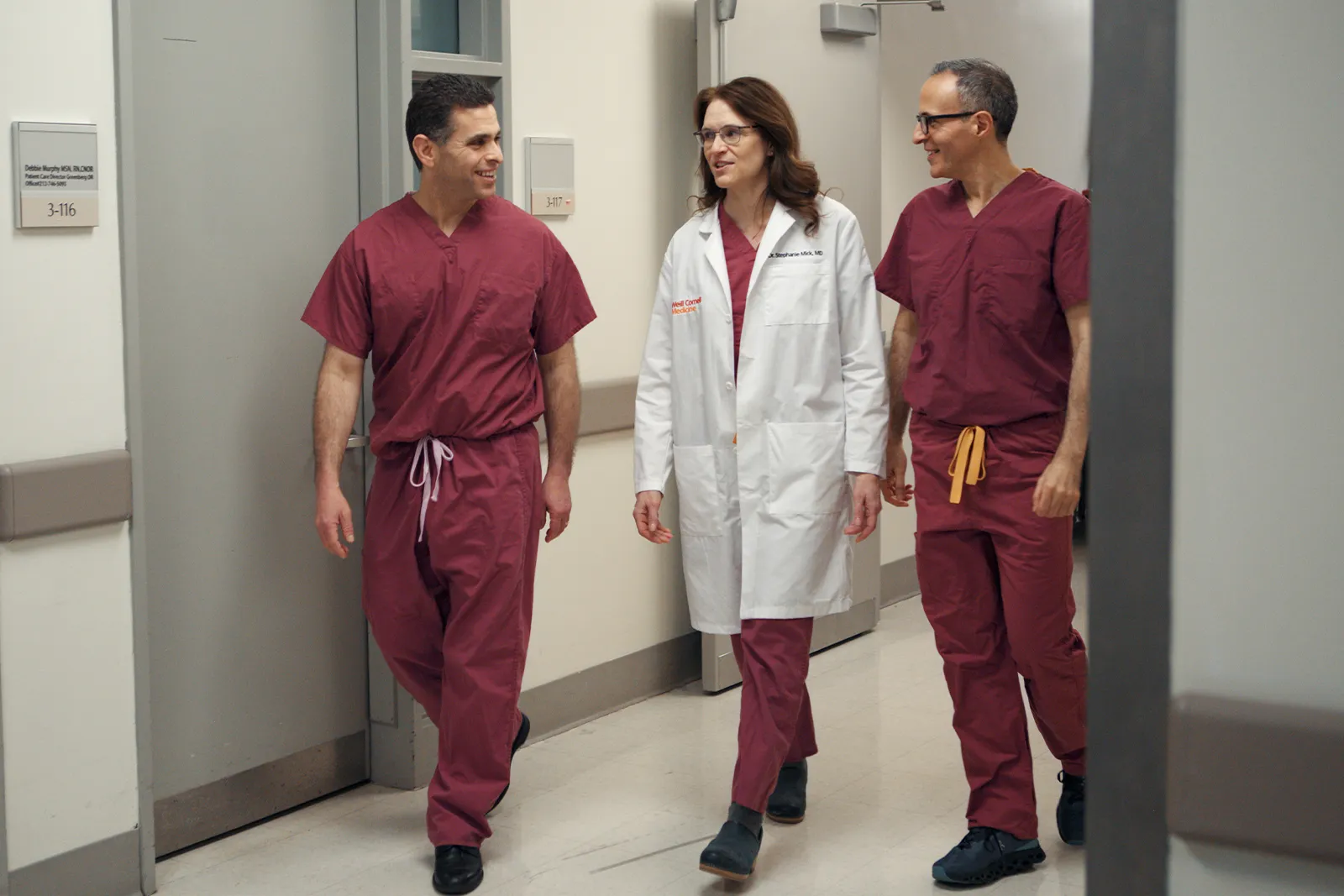We are committed to making NewYork-Presbyterian the safest hospital for both patients and staff through research and innovation. We accomplish this by delivering timely, efficient, secure, effective, and equitable patient-centered care. At NewYork-Presbyterian, we are dedicated to minimizing risks, hazards of care and achieving zero preventable harm.
Quality & Patient Safety



Our Commitment
Quality and Patient Safety Goals 2025
NewYork- Presbyterian is committed to consistently delivering the best and safest care for every patient. As part of that commitment, the Quality and Patient Safety (QPS) department leads the enterprise to ensure annual goals are met. These include:
Reducing in-hospital mortality
Improving the care of patients with sepsis
Reducing hospital-acquired infections and skin pressure injuries
Improving the care of patients with post-partum hemorrhage
Age-friendly hospital
Fostering a culture of safety
Who are we?
NewYork-Presbyterian has a centralized quality department that supports each campus, all clinical departments, and service lines. Quality and Patient Safety (QPS) collaborates and is aligned with our colleagues at our medical schools, Columbia University Vagelos College of Physicians and Surgeons, and Weill Cornell Medicine to provide safe, high-quality care.
At the campus level, a chief medical officer and/or an associate chief quality officer works with a QPS director, clinical systems engineer(s), manager(s), and quality specialists to review adverse events trend metrics and utilize various quality improvement methodologies to address areas of opportunity. Through the centralized structure with a local oversight model, the QPS department drives the quality agenda and supports the clinical and operational teams in meeting goals and targets.

Hospital Quality Reporting
The Centers for Medicare & Medicaid Services (CMS) is a federal agency tasked with providing healthcare coverage and publicly reporting quality performance information.
Care Compare on Medicare.gov allows consumers to view individual hospital’s performance on:
- Timely & effective care
- Complications & deaths
- Unplanned hospital visits
- Maternal health
- Psychiatric unit services
- Payment & value of care
Our Quality and Patient Safety Domains
Educating Future Healthcare Leaders
As a leading academic medical center anchored by two world-class medical schools, our mission is to help train the next generation of quality and patient safety leaders. We offer fellowships to instill the same level of care in future leaders.

Key Quality Indicators
Time period: January 2024 - December 2024
Values less than 1.0 indicate better than expected mortality performance, while values greater than 1.0 indicate worse than expected performance.
0.58
Hospital mortality rate
0.59
Hospital-acquired catheter-associated urinary tract infection (CAUTI) rate
0.19
Hospital-acquired C. difficile infection rates
The Mortality Index is a measure of the number of inpatient deaths compared to an expected value based on patient type and acuity. An Index of 1.0 means the observed mortality equals the expected mortality for the patient population.
The Standardized Infection Ratio (SIR) is used to track healthcare-associated infections (HAIs). The SIR compares the actual number of HAIs to the predicted number of infections based on patient-level factors that contribute to HAI risk.
Quality in Care Symposium
In the spring of 2024, an inaugural Quality in Care Symposium was co-hosted with our partners Columbia and Cornell, showcasing cross-campus research and innovation in the areas of quality, safety, and patient experience. Our tripartite alignment amplifies the impact of research, providing an exchange forum so all three institutions can adopt best-known practices. This engagement with our world-class faculty is an important component of our high-reliability journey.



